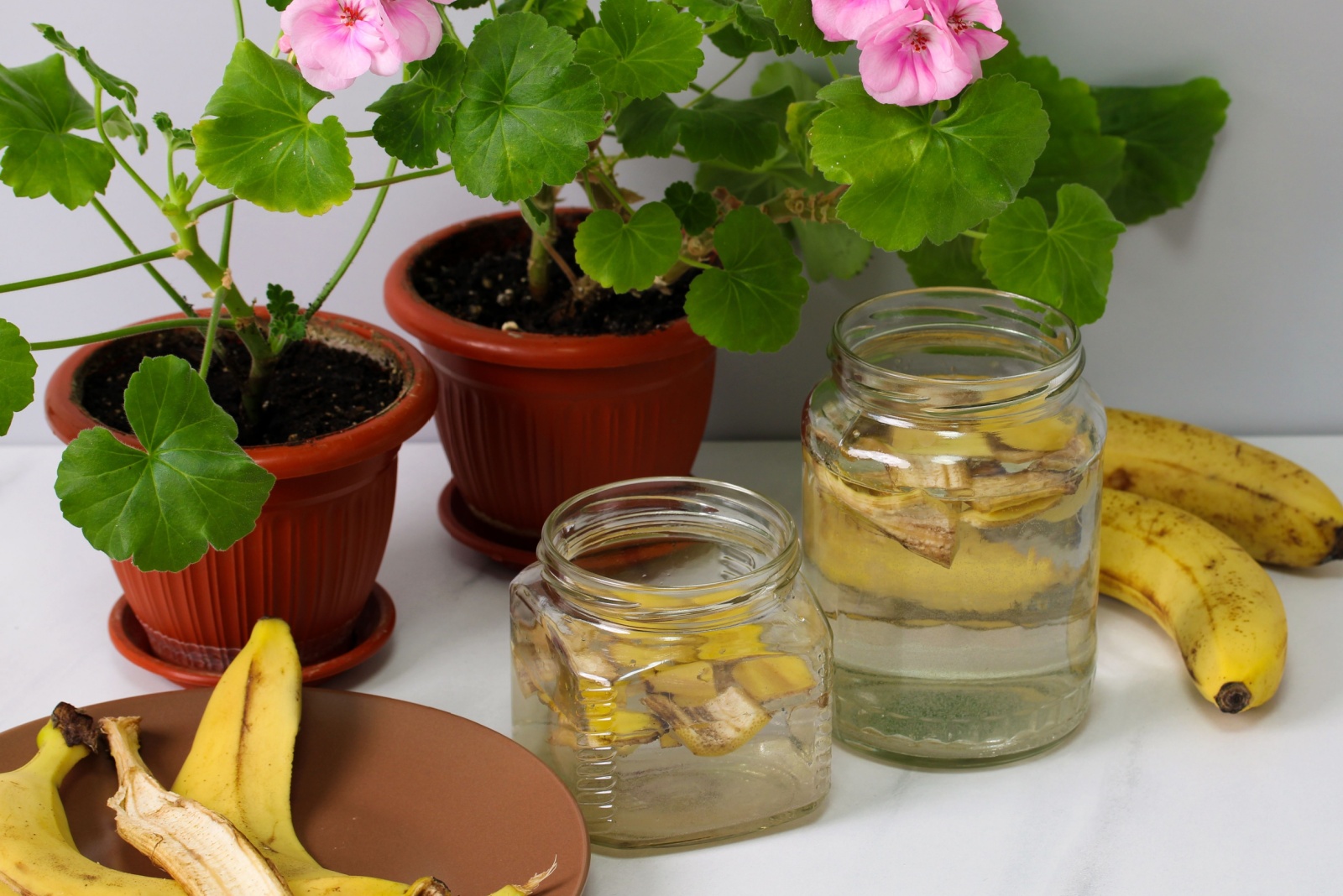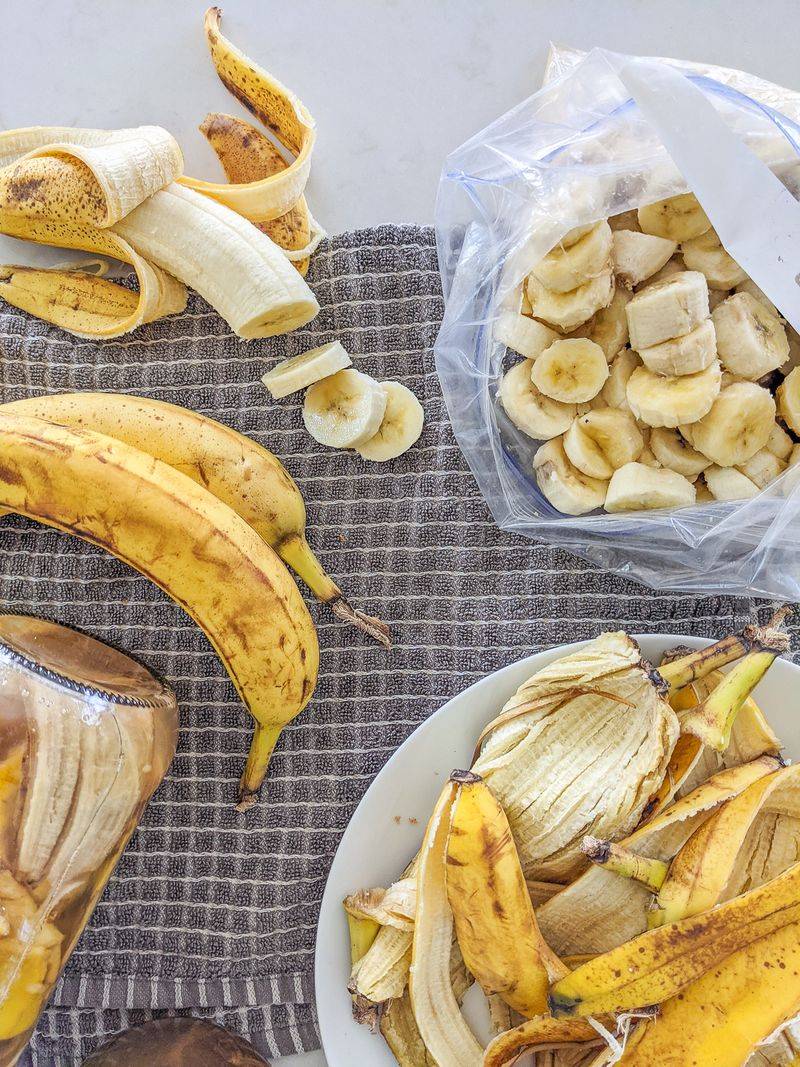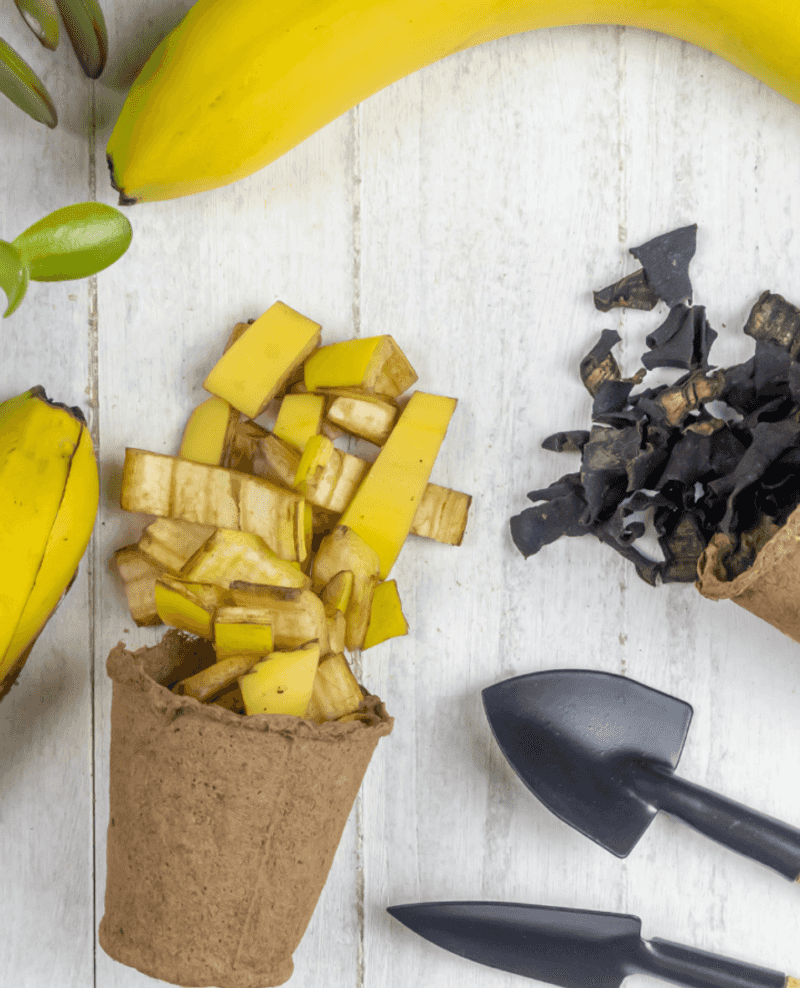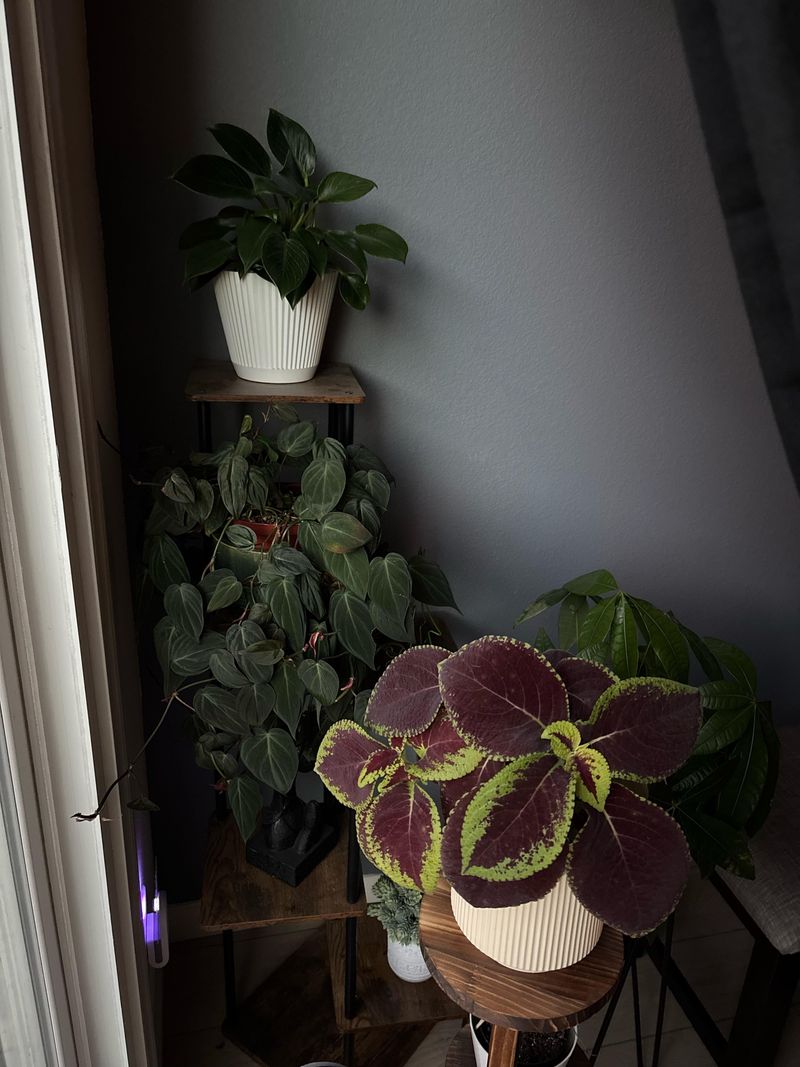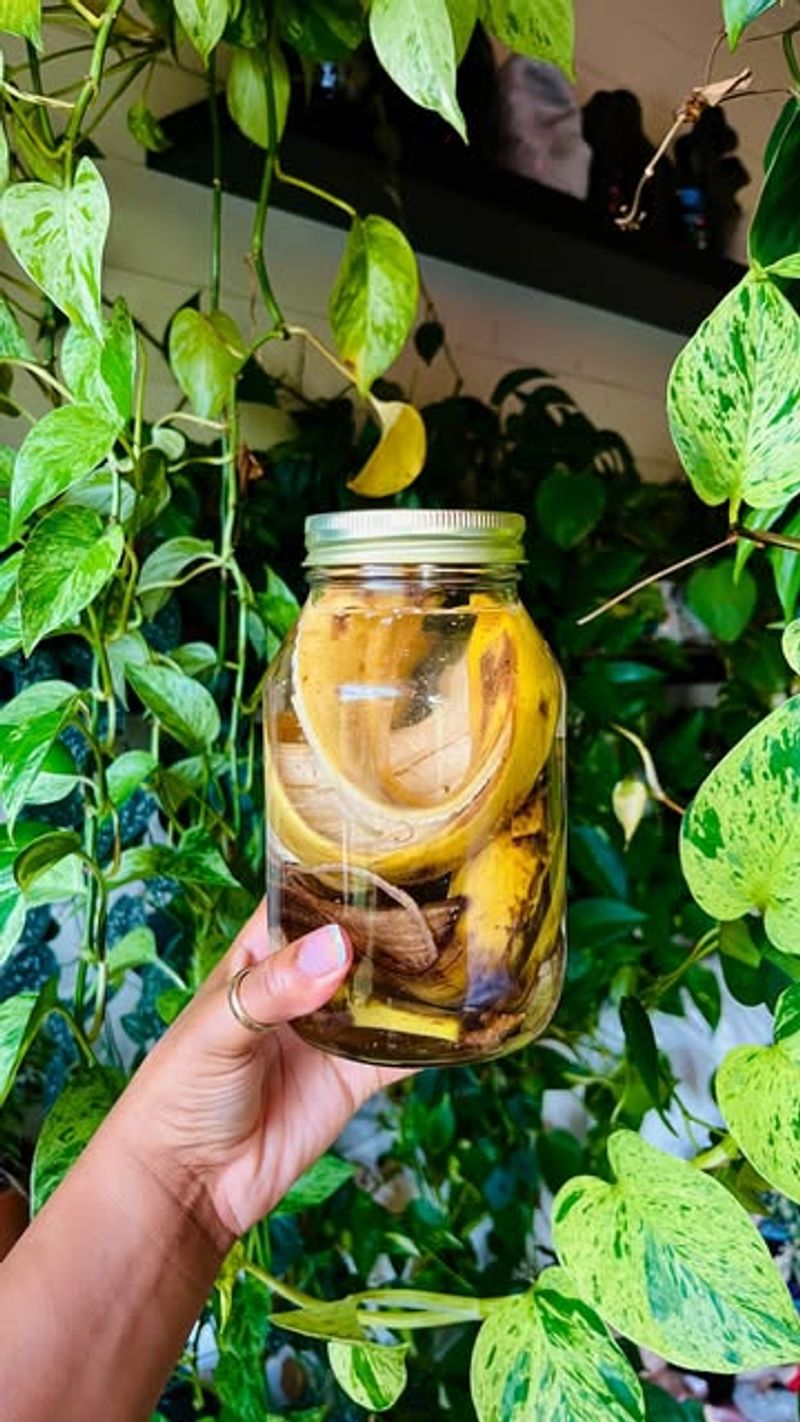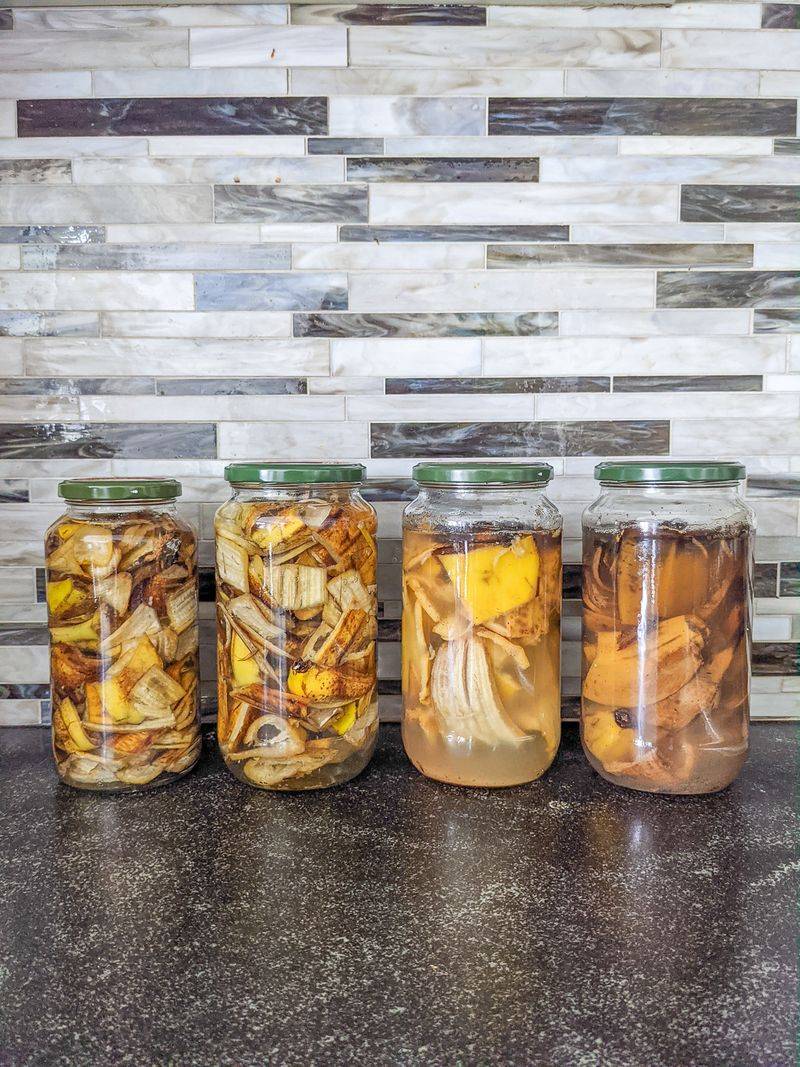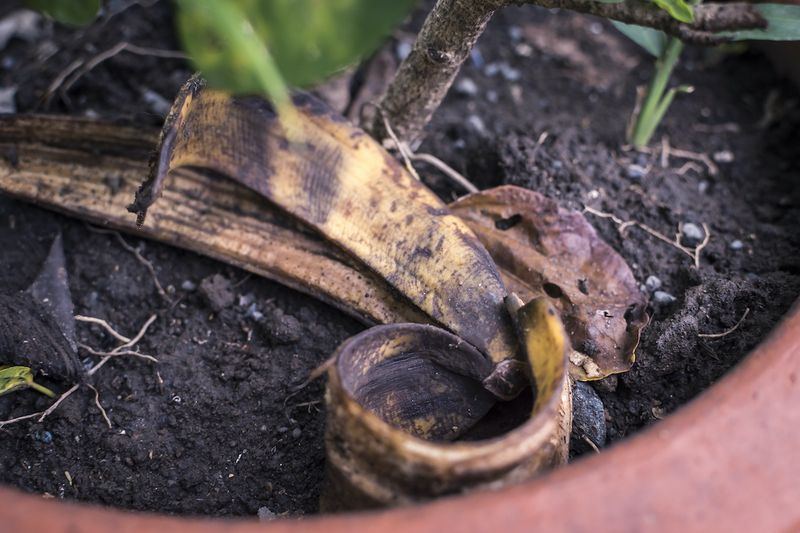Texans are pros at working with what they’ve got—especially when gardening in tough conditions. With scorching summers and unpredictable rain, every little trick counts. And sometimes, the best solutions come straight from the kitchen.
Instead of tossing banana peels, savvy gardeners are using them to feed their plants. Packed with potassium and other nutrients, these scraps break down fast and give houseplants a healthy boost. It’s a low-cost, high-reward move.
Whether you’re growing herbs on a windowsill or tending to backyard blooms, this simple hack can make a big difference. Even in the heat of a Texas summer, your plants will thank you—with lush leaves and vibrant growth.
1. Perfect Natural Fertilizer For Nutrient-Hungry Plants
Banana peels contain potassium, phosphorus, and calcium that houseplants crave. These nutrients help strengthen cell walls and promote healthy growth in ways chemical fertilizers can’t match.
I’ve noticed my pothos plants respond within weeks of adding banana peel water to their soil. The leaves develop a healthier color without those brown edges that often appear in Texas’s dry indoor air.
Simply soak chopped peels in water overnight, then use this nutrient-rich liquid to water your plants. Your kitchen scraps become free plant food that would otherwise cost you at garden centers.
2. Drought-Resistant Boost For Texas Succulents
Succulents thrive in Texas homes but still need proper nutrients to look their best. Banana peels provide just enough feeding without the risk of over-fertilizing these desert-adapted plants.
Once I started burying small pieces of dried banana peel in my succulent pots, the plants developed more vibrant coloration. The slow release of nutrients matches perfectly with succulents’ minimal feeding requirements.
For best results, dry the peels completely before crushing them into small pieces. Mix them into the top inch of soil every 3 months for steady nutrition that won’t burn sensitive roots.
3. Natural Pest Deterrent For Indoor Gardens
Aphids and spider mites hate the compounds in banana peels. Placing small pieces around the base of your houseplants creates a natural barrier against these common Texas pests without using harsh chemicals.
My indoor herb garden stayed pest-free all summer after implementing this trick. The slight smell isn’t noticeable to humans but seems to confuse insects looking for a meal.
Replace the pieces every week for continuous protection. This works especially well for protecting tender herbs like basil and mint that often attract unwanted visitors when grown indoors in Texas homes.
4. Soil PH Balancer For Acid-Loving Plants
Many houseplants prefer slightly acidic soil, something that tap water in many Texas cities works against. Banana peels gradually break down to help maintain the perfect pH balance without complicated additives.
Spider plants and philodendrons in my collection struggled until I started this routine. The peels slowly release compounds that counteract the alkaline water common in Central Texas.
Bury a quarter of a peel deep in the soil every month or so. As it decomposes, it’ll create the ideal growing environment for plants that thrive in woodlands and tropical settings.
5. Water-Retention Booster For Texas’s Dry Climate
The dry air in Texas homes can leave houseplants constantly thirsty. Banana peels decompose into organic matter that improves soil structure and helps retain moisture between waterings.
Adding chopped peels to my snake plant’s soil reduced my watering frequency from twice to just once weekly. The peels create tiny pockets in the soil that hold water longer.
For maximum benefit, chop fresh peels into 1/2-inch pieces before mixing them into potting soil. Your plants will thank you during those weeks when the humidity drops to desert-like levels in your Texas home.
6. Micronutrient Supplement For Flowering Houseplants
Flowering houseplants need trace minerals that regular fertilizers often lack. Banana peels contain manganese, magnesium and sulfur – elements crucial for bloom production and plant immune systems.
The orchids in my Texas sunroom started producing bigger, longer-lasting flowers after I began using banana peel tea. These micronutrients support the complex biochemistry behind beautiful blooms.
Steep dried peels in hot water for 24 hours, then strain and use the liquid to water flowering plants monthly. This gentle feeding method provides everything needed for spectacular blooms without the risk of fertilizer burn.
7. Emergency Recovery Treatment For Struggling Plants
Texas summer heat waves can leave houseplants looking sad and depleted. A banana peel emergency treatment can help revive plants that have been stressed by temperature extremes or irregular care.
Last August when temperatures hit 106°, my fiddle leaf fig dropped leaves until I tried this rescue technique. The quick infusion of nutrients helped it stabilize and eventually recover fully.
Blend one peel with two cups of water, strain the mixture, and immediately water the distressed plant. The readily available nutrients absorb quickly, giving struggling plants the boost they need to recover from stress.
8. Sustainable Gardening Practice For Eco-Conscious Texans
Using banana peels for houseplants aligns perfectly with Texas’s growing focus on sustainable living. By diverting food waste from landfills, you’re reducing methane emissions while improving your indoor garden.
Starting this practice changed how I view kitchen scraps. Instead of waste, I now see potential plant food waiting to be used in my home garden cycle.
Keep a small container in your freezer for collecting peels until you have enough to use. This simple habit connects you to the traditional resourcefulness that Texans have relied on for generations while creating healthier houseplants.

